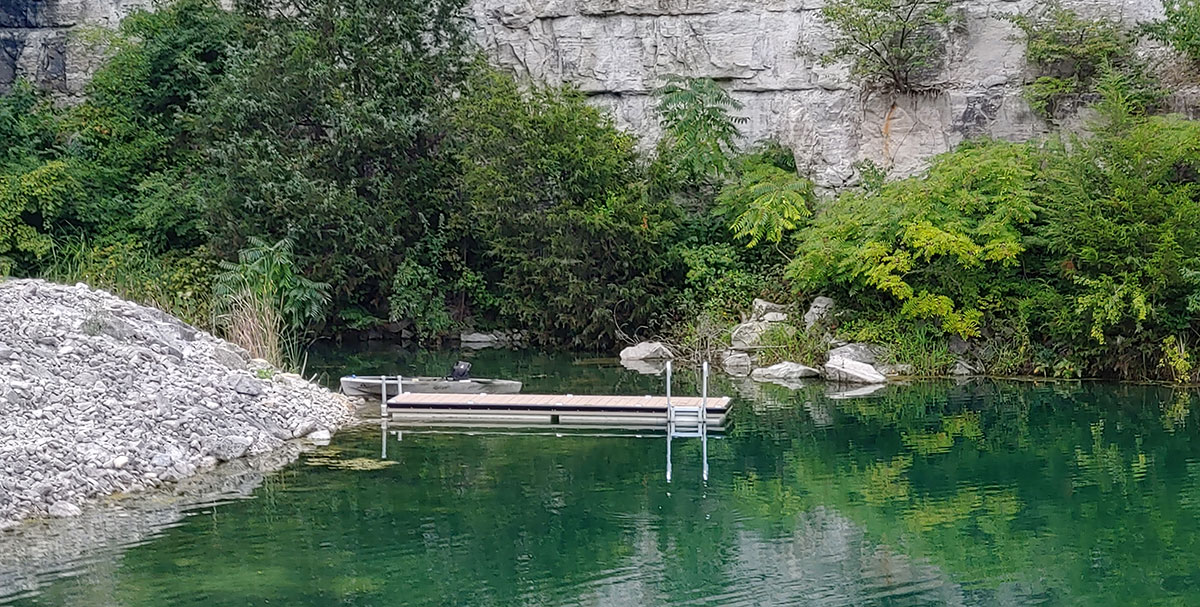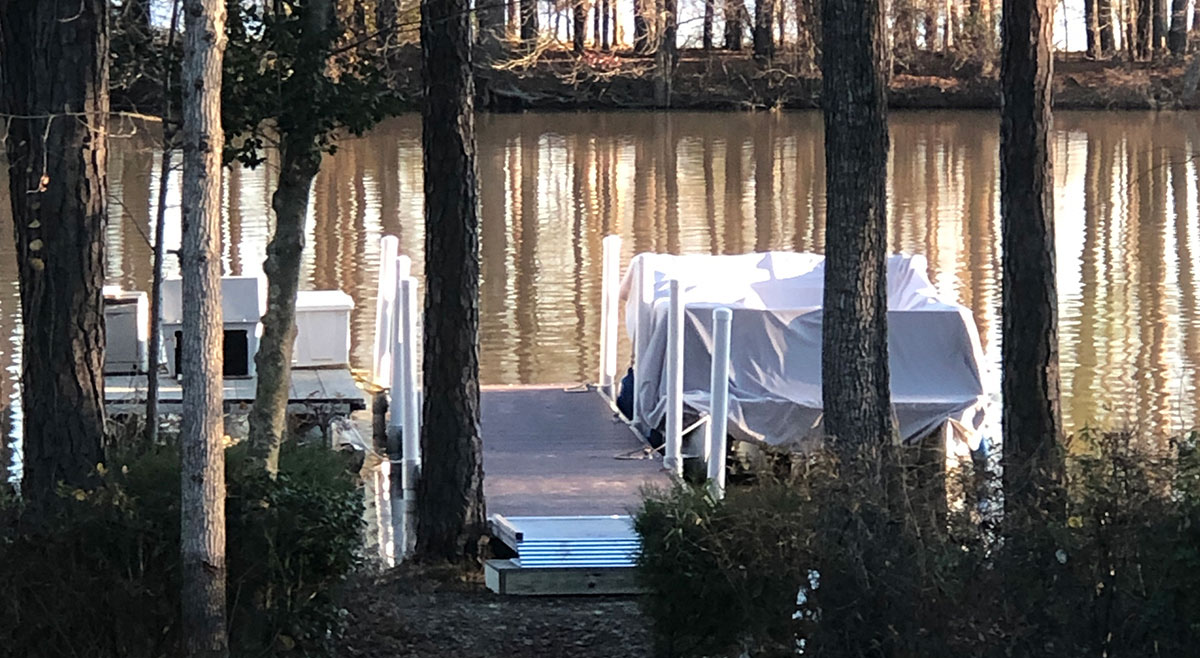
6 Styles of Lake Docks
Dock designs for lakes depend on how the dock is used. Marinas need different docks to those used for most lakefront homes because marinas handle bigger boats.
Depending on your needs, you can choose concrete docks, floating docks, or wooden docks. Parks and camps often need special designs with safety features that must also be ADA compliant. Below are details about six dock systems for lakes.
Pipe docks
Pipe docks get their name from their aluminum frame, which includes pipes that support the wood surface of the dock. The pipe legs supporting the dock frame sit on the lake bottom, which makes the dock unstable and can easily be submerged.
One consequence of this is that the height of the dock may have to be adjusted regularly, and sometimes the whole dock may have to be relocated.
The pipes supporting the dock can easily be damaged by ice or rough currents. Pipe docks are great if you have a small budget, but they work best in areas where the water is shallow and calm.
Piling docks
Unlike pipe docks, piling dock frames are supported by pilings that are drilled into the lake bottom. Piling docks supported by pilings drilled into solid bedrock are more stable than the ones supported by pilings drilled into a sandy bottom.
The pilings can be made from concrete, wood, or steel. Pilings made with steel require a steel framework that supports the concrete, wood, or composite decking walkway.
You need professional dock builders to construct a stable and durable piling dock, but it will cost you. To save money, some businesses choose piling docks supported by wood pilings, but wood pilings can rot easily if they are not treated with chemicals that prevent rot.
The fact that pilings are drilled into the lake bottom not only makes piling docks durable but also makes them ideal for deeper waters and mooring boats.
Floating docks
Just as their name suggests, these docks float on water. They can either be modular floating pieces or large scaled docks with decking.
You don’t need to adjust their height like pipe docks because they fall and rise with the water level. This makes them ideal for lake, sea, or river beds that are not suitable for fixed docks.
Another advantage is that these floating dock systems for lakes can be hauled away to a safe location during severe weather or if the structures are not in regular use. They can be left in the water during winter if they are in an area that does not have a lot of wind.
Crib docks
To build this dock, a technician places wooden frames or crates along the bottom of the lake and fills them with large rocks. They then build decking on top of these rock-filled crates or wooden frames. The crates and the wooden frames are called cribs.
The technique used to build this dock makes them very stable. But the whole building process is labor-intensive, which can make it very expensive.
Suspension Docks
Suspension docks are docks that hang over water supported by cables and anchorage. For this reason, their impact on the environment is minimal.
Before installing a suspension dock, dock builders have to plan carefully because these styles of docks are permanent and should be able to withstand harsh weather. This means that they are not only expensive but also require a lot of maintenance.
Each type of dock has various dock designs for lakes that you can choose to enhance the uniqueness of your business. For camp and park docks, AccuDock has been the go-to choice for over 10 years, offering a variety of solutions for waterfront properties with limitless configuration possibilities.
AccuDock is a global leader in the design and manufacturing of Floating Docks
CALL 954.785.7557 OR EMAIL INFO@ACCUDOCK.COM FOR MORE INFORMATION








